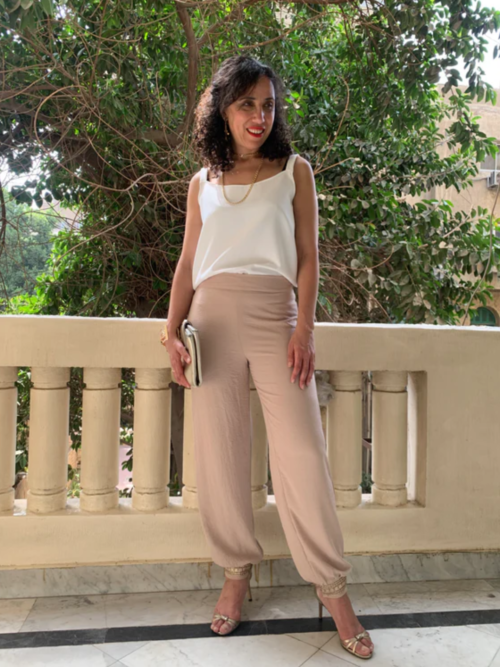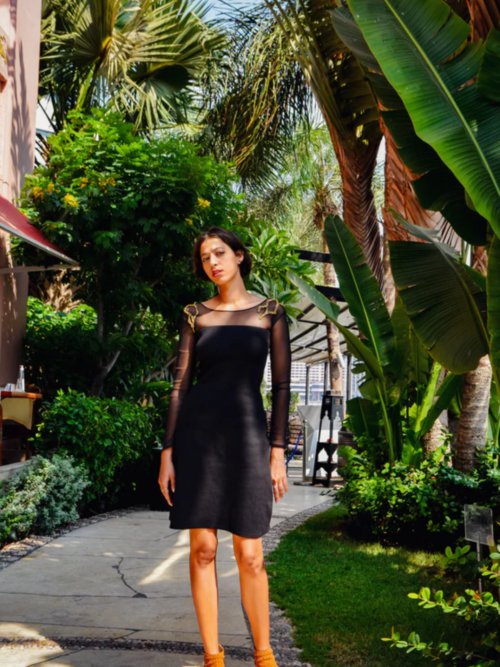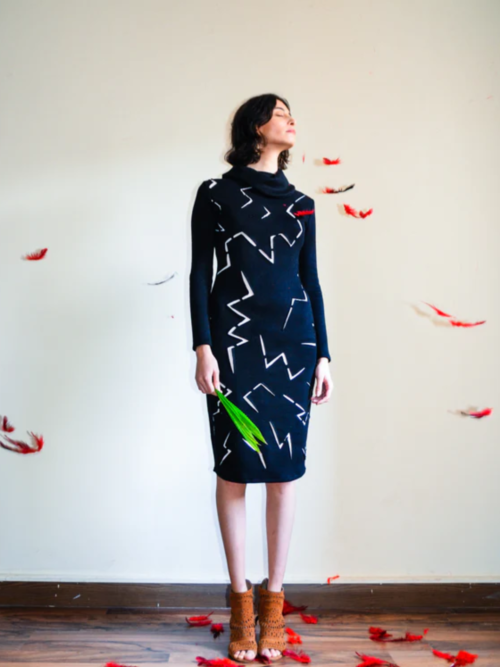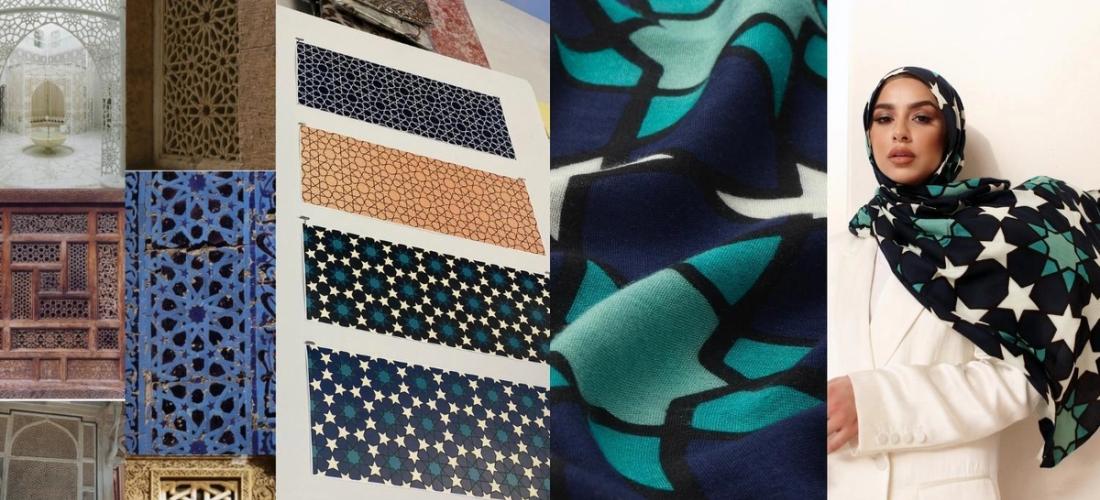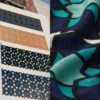The best discounts this week
Every week you can find the best discounts here.
Linen Sherwal
Crêpe Sherwal
Embroidered Dress
Jersey Overlap Top
Crack Dress
Islamic Patterns: A Timeless Tapestry in Art and Fashion
Islamic art is renowned for its intricate and mesmerizing patterns. Rooted in rich cultural and religious traditions, these designs have adorned everything from mosques and palaces to textiles and personal adornments. Let’s delve into the world of Islamic patterns and explore their enduring influence on art and fashion.
The Essence of Islamic Patterns
Islamic patterns are characterized by their geometric precision, symmetry, and the absence of human or animal figures. This adherence to geometric forms and abstract motifs is deeply rooted in Islamic beliefs and aesthetics. The most common elements in these patterns include:
- Interlacing motifs: Complex patterns created by overlapping lines and shapes.
- Calligraphy: Arabic calligraphy is often incorporated into patterns, adding a spiritual dimension.
- Floral and vegetal designs: Stylized flowers, leaves, and vines are frequently used in Islamic art.
- Geometric shapes: Circles, squares, triangles, and hexagons form the basis of many Islamic patterns.
Islamic Patterns in Fashion
The influence of Islamic patterns on fashion is undeniable. From traditional garments to contemporary designs, these intricate motifs have adorned textiles and accessories for centuries. Here are some ways Islamic patterns are incorporated into fashion:
- Prints and Fabrics: Incorporating Islamic patterns into fabric designs for clothing, scarves, and accessories.
- Embroidery and Beadwork: Intricate patterns embroidered or beaded onto garments.
- Accessories: Using Islamic motifs in jewelry, handbags, and other fashion accessories.
The Modern Interpretation
Today, Islamic patterns continue to inspire designers worldwide. Contemporary fashion blends traditional motifs with modern aesthetics, creating fresh and innovative looks. By incorporating these timeless patterns into your wardrobe, you can add a touch of cultural richness and artistic flair to your style.
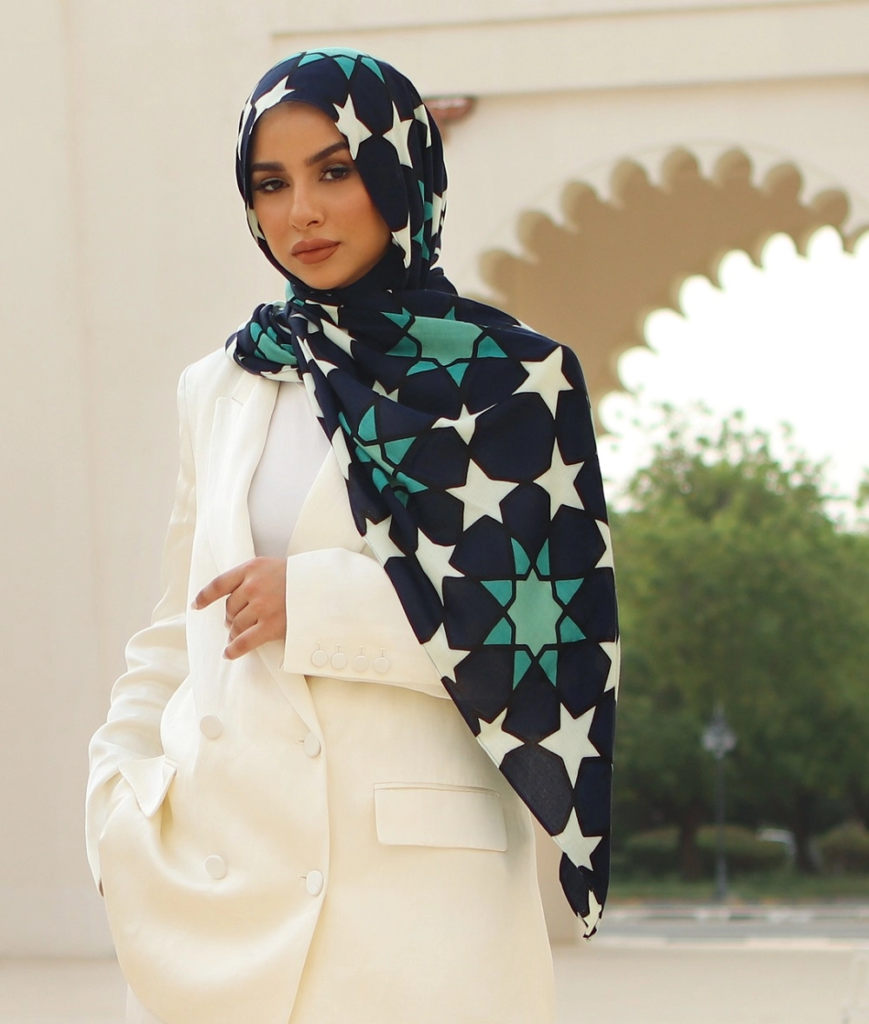
Islamic patterns are more than just decorative elements; they represent a rich cultural heritage. By understanding their significance and incorporating them into modern fashion, we can appreciate the beauty and complexity of this artistic tradition.




